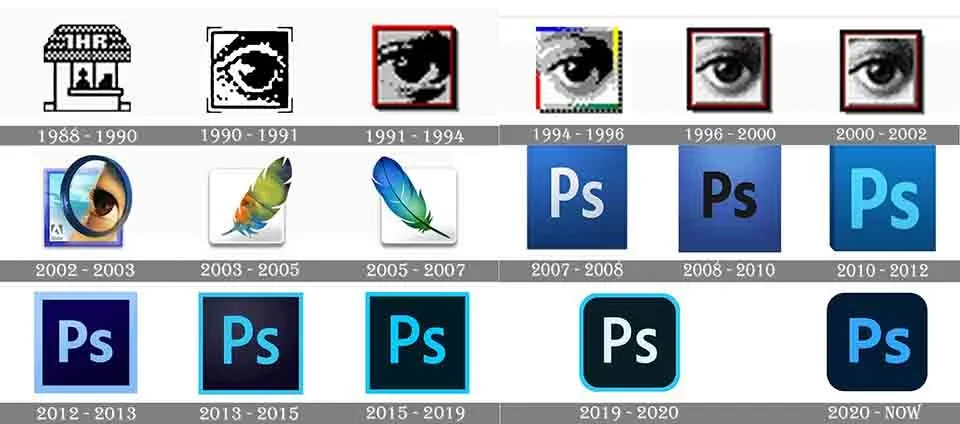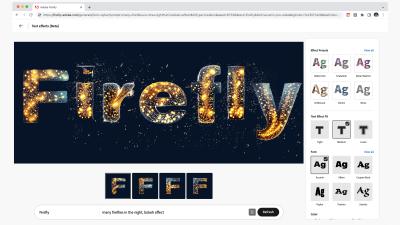Introduction to Adobe Stock
Adobe Stock revolutionized the way creatives access stock photography and assets. Established with the vision to enhance the workflow of Adobe Creative Cloud users, it integrates seamlessly with various Adobe applications, providing a rich collection of high-quality images, videos, templates, and 3D assets. Since its inception, Adobe Stock has evolved significantly, driven by innovation and a commitment to meeting the diverse needs of creative professionals. Its library, contributions from artists worldwide, and advanced search features make Adobe Stock a go-to resource for designers, marketers, and content creators.
The Acquisition of Adobe Stock by Adobe
Adobe Stock was launched in June 2015 as part of a strategic move to expand Adobe’s offerings within the Creative Cloud ecosystem. Initially, Adobe’s stock service was based on the acquisition of Fotolia, a popular stock photography site, which Adobe purchased for approximately $800 million. This acquisition allowed Adobe to integrate Fotolia’s vast library of over 40 million assets into its platform, providing users with immediate access to a wealth of stock content.
The integration process focused on enhancing user experience; Adobe Stock was designed to work seamlessly with software like Photoshop, Illustrator, and InDesign, allowing users to directly import assets into their projects. This functionality reduced the barriers between finding stock content and utilizing it, streamlining the creative process.
Further developments took place post-acquisition, such as advanced search filters, enhanced image recognition technology, and the introduction of new asset types, including templates and videos. Adobe also adopted a contributor model that empowers photographers and artists to upload their work, fostering a community of creators while expanding the stock library exponentially.
Adobe Stock now stands as a cutting-edge solution in the creative market, continuously adapting to technological advancements and user feedback to remain relevant and competitive in the ever-evolving digital landscape.
The Evolution of Adobe Stock From Acquisition to Innovation
Adobe Stock has become a prominent player in the digital asset marketplace, evolving from its acquisition of Behance and Fotolia to its current status as an innovative stock content provider. This transformation reflects Adobe’s commitment to enhancing creative workflows for professionals across various industries.
In 2014, Adobe made a strategic move by acquiring Behance, a platform for showcasing creative work, which laid the groundwork for its future endeavors in stock photography and media. Following this, in 2015, Adobe acquired Fotolia, a leading stock imagery service, which became the backbone of Adobe Stock.
Key Milestones in Adobe Stock’s Evolution:
- 2014: Acquisition of Behance enhances community engagement.
- 2015: Acquisition of Fotolia establishes a vast library of stock assets.
- 2016: Launch of Adobe Stock integrated within Creative Cloud applications.
- 2017: Introduction of AI-powered features such as Adobe Sensei for enhanced image search.
- 2020: Expansion into video assets and 3D content.
- 2021: Continuous enhancement of user interface and contributor tools.
Innovative Features Introduced:
| Feature | Description |
|---|---|
| Smart Search | Leveraging AI to improve relevancy in asset searches. |
| Collaboration Tools | Features to share and review assets within teams effectively. |
| Flexible Licensing | Options tailored to different usage needs and budgets. |
Adobe Stock‘s journey from acquisition to innovation underscores its ongoing dedication to providing robust creative solutions. With a constant drive for improvement, Adobe Stock continues to shape the future of digital content creation, ensuring that it remains an essential resource for creatives worldwide.



